Understanding preferences for type 2 diabetes mellitus self-management support through a patient-centered approach: a 2-phase mixed-methods study
- PMID: 27430259
- PMCID: PMC4950768
- DOI: 10.1186/s12902-016-0122-x
Understanding preferences for type 2 diabetes mellitus self-management support through a patient-centered approach: a 2-phase mixed-methods study
Abstract
Background: Patients with type 2 diabetes mellitus (T2DM) who participate in diabetes management programs have been shown to have better glycemic control and slower disease progression, although program participation remains low. In the USA, increasing participation in diabetes management support programs may also directly impact provider reimbursement, as payments are increasingly based on patient-centered measures. However, little is known about factors that may enhance patient participation. This study aimed at further understanding what is important in diabetes management support from the patients' perspective and at assessing the utilization of various types of diabetes-management programs.
Methods: A two-phase mixed-methods study was conducted of adult US members of PatientsLikeMe®, an online research network of patients. Phase 1 comprised qualitative interviews with 10 individuals to inform the online survey's contents, aided by literature review. During phase 2, this online survey was completed by 294 participants who reported on their diabetes goals and preferences for T2DM self-management support programs.
Results: The majority of the respondents were not participating in any program (65 %), but most had goals of improving diet (77 %), weight loss (71 %), and achieving stable blood glucose levels (71 %). Among those currently participating in programs, clinic, hospital-based, or other health-care professional programs were the most commonly used (51 %). The most preferred type of support was diet/weight-loss support (62 %), while doctors or nurses (61 %) and dietitians (55 %) were the most preferred sources of diabetes support.
Conclusions: The low participation in diabetes self-management programs revealed in this study underscores the need for strategies to improve patient engagement. The results revealed support types and formats that patients with T2DM prefer and need. These findings may help improve patient engagement by guiding the future design of more effective diabetes management support programs.
Keywords: Diabetes management support; Patient participation; Type 2 diabetes mellitus.
Figures
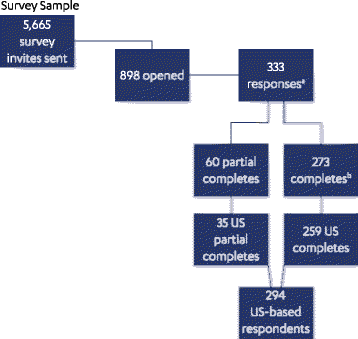
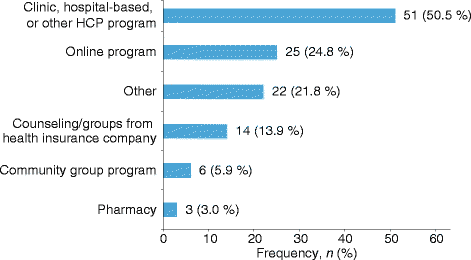
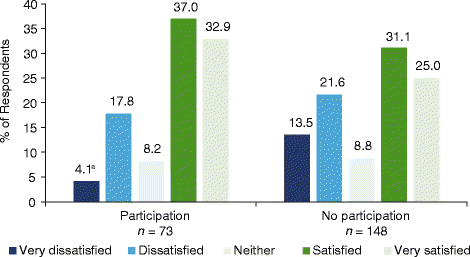

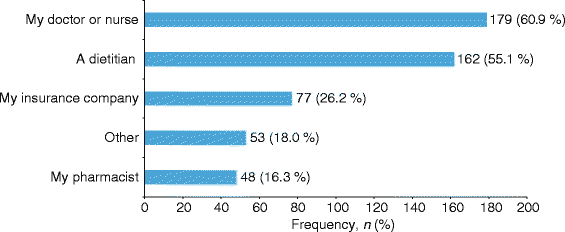
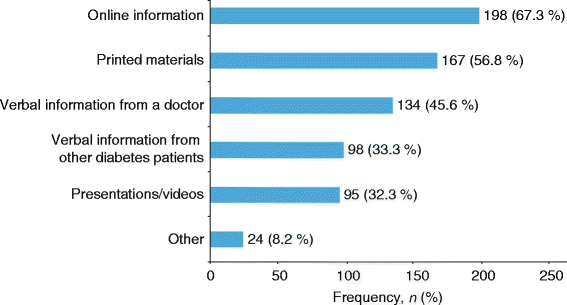
Similar articles
-
The experience of living with diabetes following a self-management program based on motivational interviewing.Qual Health Res. 2011 Aug;21(8):1115-26. doi: 10.1177/1049732311405066. Epub 2011 Apr 6. Qual Health Res. 2011. PMID: 21471428 Clinical Trial.
-
Perceived Barriers and Potential Strategies to Improve Self-Management Among Adults with Type 2 Diabetes: A Community-Engaged Research Approach.Patient. 2016 Aug;9(4):349-58. doi: 10.1007/s40271-016-0162-3. Patient. 2016. PMID: 26939674
-
Understanding Challenges, Strategies, and the Role of Support Networks in Medication Self-management Among Patients With Type 2 Diabetes.Diabetes Educ. 2017 Apr;43(2):190-205. doi: 10.1177/0145721717697243. Diabetes Educ. 2017. PMID: 28340544
-
Social Support for Diabetes Self-Management via eHealth Interventions.Curr Diab Rep. 2016 Jul;16(7):56. doi: 10.1007/s11892-016-0756-0. Curr Diab Rep. 2016. PMID: 27155606 Review.
-
Patients' experiences in receiving family support for type-2 diabetes mellitus: A scoping review.Afr J Reprod Health. 2024 Oct 31;28(10s):411-420. doi: 10.29063/ajrh2024/v28i10s.43. Afr J Reprod Health. 2024. PMID: 39641406
Cited by
-
Patient Preference and Satisfaction with the Use of Telemedicine for Glycemic Control in Patients with Type 2 Diabetes: A Review.Patient Prefer Adherence. 2021 Feb 10;15:283-298. doi: 10.2147/PPA.S271449. eCollection 2021. Patient Prefer Adherence. 2021. PMID: 33603347 Free PMC article. Review.
-
Web-Based Interventions for Dietary Behavior in Adults With Type 2 Diabetes: Systematic Review of Randomized Controlled Trials.J Med Internet Res. 2020 Aug 28;22(8):e16437. doi: 10.2196/16437. J Med Internet Res. 2020. PMID: 32857059 Free PMC article.
-
Characteristics, Symptom Severity, and Experiences of Patients Reporting Chronic Kidney Disease in the PatientsLikeMe Online Health Community: Retrospective and Qualitative Study.J Med Internet Res. 2020 Jul 15;22(7):e18548. doi: 10.2196/18548. J Med Internet Res. 2020. PMID: 32673242 Free PMC article.
-
Patient perceptions of their glycemic control and its influence on type 2 diabetes outcomes: an international survey of online communities.Patient Prefer Adherence. 2019 Feb 18;13:295-307. doi: 10.2147/PPA.S186801. eCollection 2019. Patient Prefer Adherence. 2019. PMID: 30863019 Free PMC article.
-
Treatment Preferences for Novel Type 2 Diabetes Oral Medications: Insights from the Asian Diabetes Patient Preference Study.Diabetes Ther. 2025 Jul 21. doi: 10.1007/s13300-025-01770-3. Online ahead of print. Diabetes Ther. 2025. PMID: 40690109
References
-
- Agency for Healthcare Reform and Quality. Guide to Patient and Family Engagement in Hospital Quality and Safety. http://www.ahrq.gov/professionals/systems/hospital/engagingfamilies/. Accessed 23 May 2015.
-
- James J. Patient Engagement. People actively involved in their health and health-care tend to have better outcomes – and, some evidence suggests, lower costs. In: HealthPolicyBriefs. Health Affairs. 2013. http://healthaffairs.org/healthpolicybriefs/brief_pdfs/healthpolicybrief.... Accessed 23 May 2015.
-
- Inzucchi SE, Bergenstal RM, Buse JB, Diamant M, Ferrannini E, Nauck M, et al. Management of hyperglycaemia in type 2 diabetes, 2015: a patient-centred approach. Update to a position statement of the American Diabetes Association and the European Association for the Study of Diabetes. Diabetologia. 2015;58(3):429–42. doi: 10.1007/s00125-014-3460-0. - DOI - PubMed
-
- Millenson M, Macri J. Will the Affordable Care Act Move Patient-Centeredness to Center Stage? In: Timely Analysis of Immediate Health Policy Issues. Robert Wood Johnson Foundation. 2012. http://www.rwjf.org/content/dam/farm/reports/reports/2012/rwjf72412. Accessed 23 May 2015.
MeSH terms
Substances
LinkOut - more resources
Full Text Sources
Other Literature Sources
Medical

